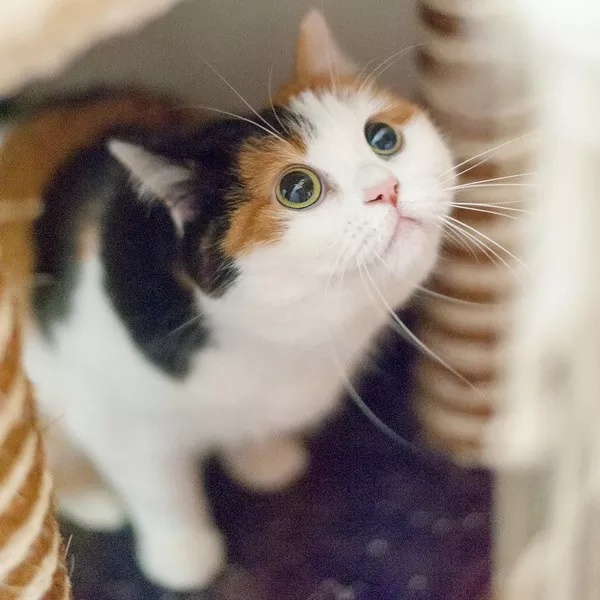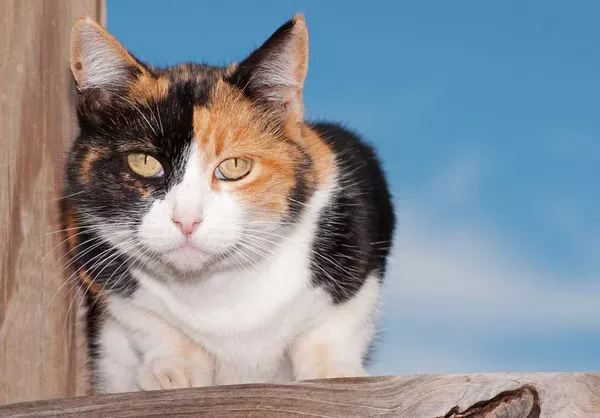Choosing a pet for a family with children is a significant decision, and the Himalayan cat, with its striking appearance and calm demeanor, often emerges as a contender for family households. In this article, we delve into the various aspects that make Himalayan cats potentially good companions for children. From their gentle nature to their adaptability, we explore the qualities that contribute to the harmonious relationship between Himalayan cats and kids, shedding light on the responsibilities and considerations that come with integrating these regal felines into a family setting.
Understanding the Himalayan Cat’s Temperament
Before delving into the compatibility of Himalayan cats with children, it’s essential to understand the breed’s temperament. Himalayans are known for their calm and laid-back nature, traits that often make them well-suited for family life. These felines are characterized by their affectionate demeanor, making them excellent companions for individuals of all ages. Unlike more energetic breeds, Himalayans tend to enjoy a relaxed lifestyle, preferring cuddle sessions and lounging over high-energy activities.
1. Gentle Nature and Affectionate Behavior
One of the standout qualities of Himalayan cats is their gentle and affectionate nature. These cats often form strong bonds with their human family members, seeking out companionship and physical contact. This inherent gentleness makes Himalayans well-suited for households with children, as they are less likely to react negatively to the exuberance and curiosity of young ones.
2. Adaptability to Indoor Living
Himalayan cats are generally well-adapted to indoor living, making them suitable for families with children who may not have access to outdoor spaces. Their calm demeanor and preference for a relaxed environment align with the often-busy nature of family life, providing a companion that can adapt to the various activities and dynamics of a household.
3. The Importance of Early Socialization
Early socialization plays a crucial role in shaping a cat’s behavior, and Himalayans are no exception. When introduced to different people, environments, and experiences from a young age, these cats tend to develop a well-adjusted and tolerant disposition. This is particularly beneficial in a family setting where children may introduce a variety of stimuli, ensuring that the cat remains comfortable and adaptable.
Considerations for Families with Children
While Himalayan cats possess many qualities that make them suitable for families with children, it’s essential to consider specific factors to ensure a positive and harmonious relationship. The following considerations provide insights into what to expect when integrating a Himalayan cat into a household with kids:
1. Supervision and Interaction
While Himalayan cats are generally tolerant and gentle, supervision during interactions between cats and young children is crucial. Teaching children how to handle the cat with care, including gentle petting and respecting the cat’s boundaries, helps create a positive environment.
2. Respecting Personal Space
Himalayans, like any other cat, appreciate having their personal space respected. Teaching children to recognize when the cat needs some alone time and ensuring they have a quiet retreat space can prevent stress and contribute to a positive relationship.
3. Handling the Cat Properly
Educating children on the proper way to handle a cat is essential. This includes avoiding rough play, respecting the cat’s tail and ears, and not disturbing the cat while eating or sleeping. Gentle interactions contribute to a trusting and positive bond.
4. Introducing New Experiences Gradually
Himalayans may initially be wary of new experiences, so introducing them gradually to various stimuli is beneficial. This can include meeting new people, exposure to different sounds, and even gentle introduction to grooming routines.
5. Grooming and Maintenance
Himalayan cats require regular grooming due to their long and luxurious coats. Involving children in the grooming process, under supervision, can be a positive bonding activity. Teaching kids how to brush the cat gently and maintain its coat helps instill a sense of responsibility.
6. Veterinary Care
Regular veterinary check-ups are crucial for the overall health and well-being of the Himalayan cat. Involving children in these visits can help them understand the importance of healthcare for their feline companion and foster a sense of responsibility.
Benefits of Himalayan Cats for Children:
Beyond the considerations, Himalayan cats offer a range of benefits for children within a family setting. These advantages contribute to the positive impact of the feline-human relationship and enhance the overall well-being of both the cat and the children:
1. Companionship and Emotional Support
Himalayan cats, known for their affectionate nature, provide valuable companionship and emotional support for children. The act of petting and spending time with a cat can have therapeutic effects, promoting a sense of comfort and security.
2. Teaching Responsibility
Caring for a pet instills a sense of responsibility in children. Feeding, grooming, and providing general care for a Himalayan cat can become age-appropriate tasks that teach children the importance of commitment and routine.
3. Reducing Stress and Anxiety
Interacting with a Himalayan cat has been shown to reduce stress and anxiety levels. For children dealing with the challenges of school or growing up, having a calm and loving feline companion can serve as a source of comfort and relaxation.
4. Encouraging Empathy and Compassion
Caring for a living being fosters empathy and compassion. Himalayan cats, with their gentle demeanor, provide children with the opportunity to understand the needs and emotions of another creature, promoting positive character development.
5. Enhancing Social Skills
The presence of a Himalayan cat can facilitate social interactions for children. Whether sharing stories about their feline friend with friends or engaging in activities like grooming together, the cat becomes a focal point for positive social interactions.
6. Teaching Respect for Animals
Growing up with a Himalayan cat instills a sense of respect for animals in children. Understanding the cat’s needs, recognizing signs of discomfort, and learning to communicate effectively with the feline companion contribute to a lifelong appreciation for animals.
Conclusion
In conclusion, Himalayan cats can be wonderful companions for families with children, bringing a blend of gentle temperament, affectionate nature, and adaptability to indoor living. While considerations such as supervision, proper handling, and grooming are essential, the benefits of fostering a relationship between Himalayan cats and children are numerous. From teaching responsibility and empathy to providing emotional support and reducing stress, the presence of a Himalayan cat can enrich the lives of children and contribute to a harmonious family dynamic. With proper care, attention, and understanding, the integration of a Himalayan cat into a family setting can create lasting bonds and cherished memories for both children and their feline friends.


























